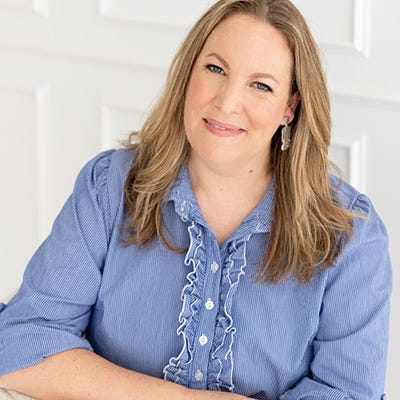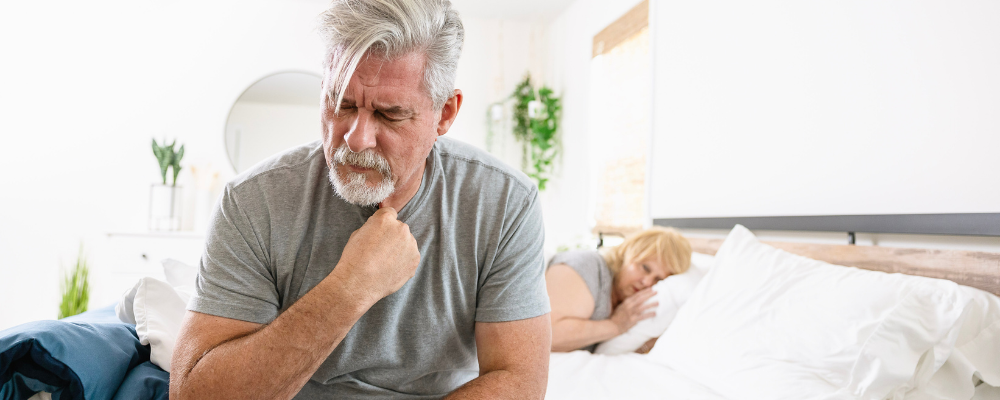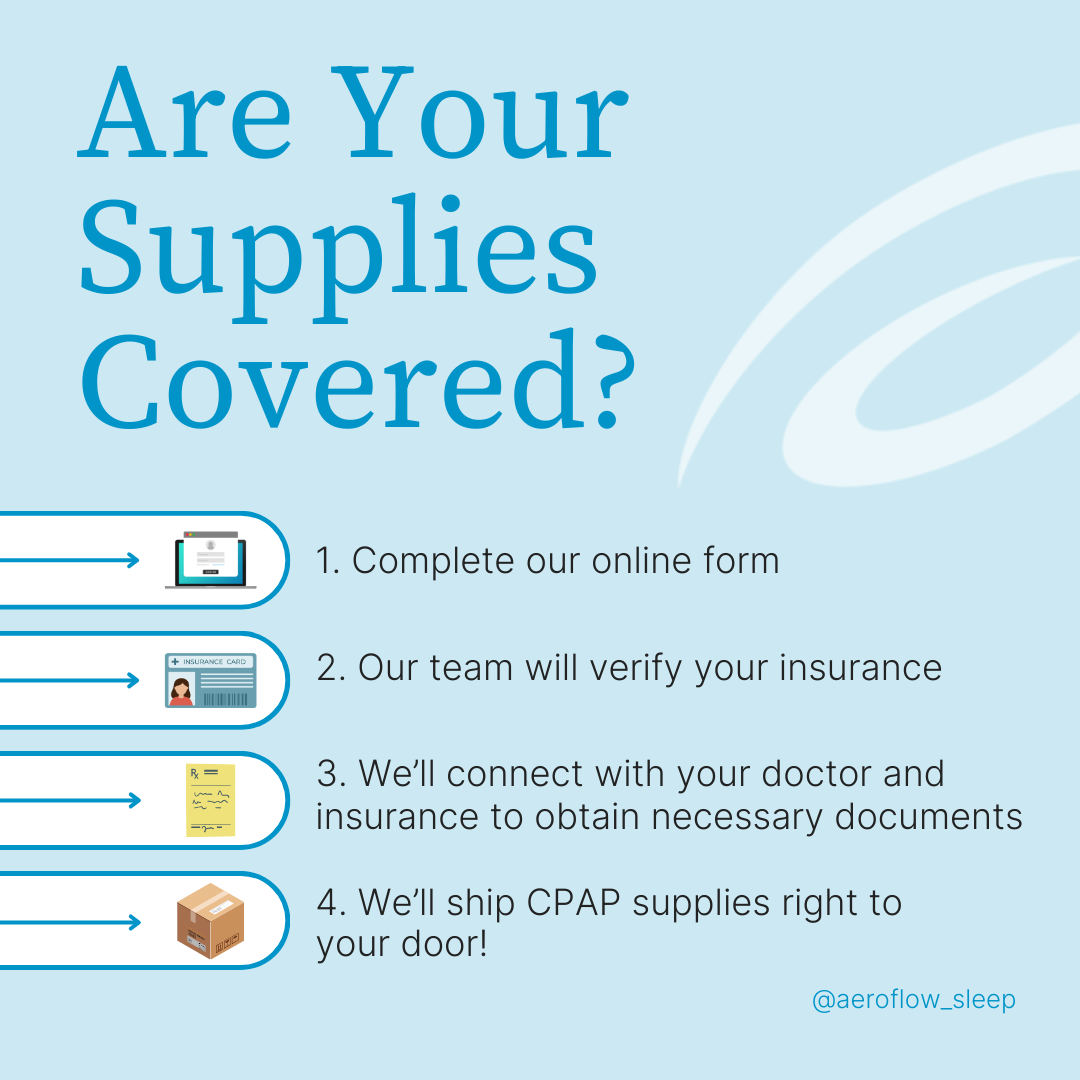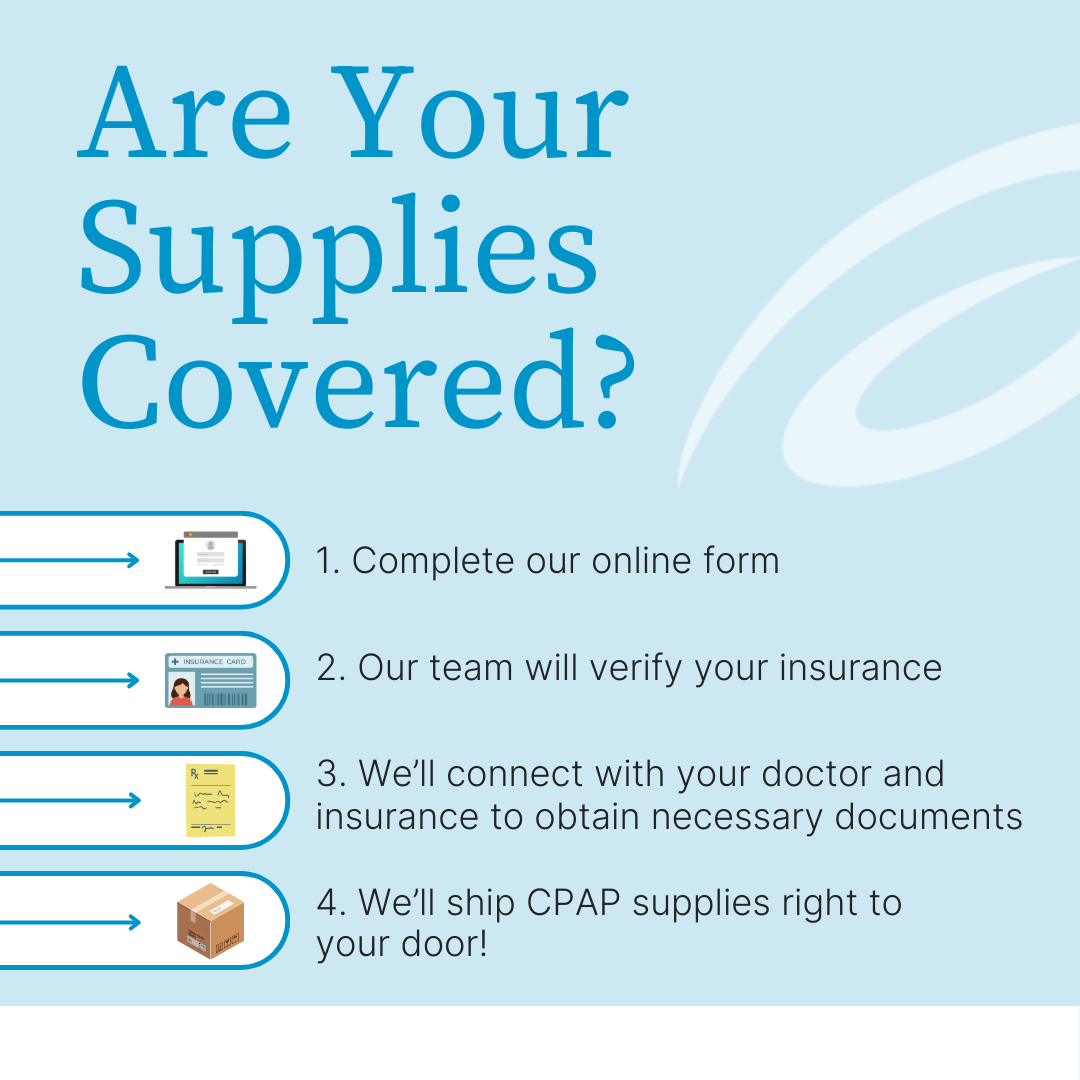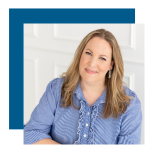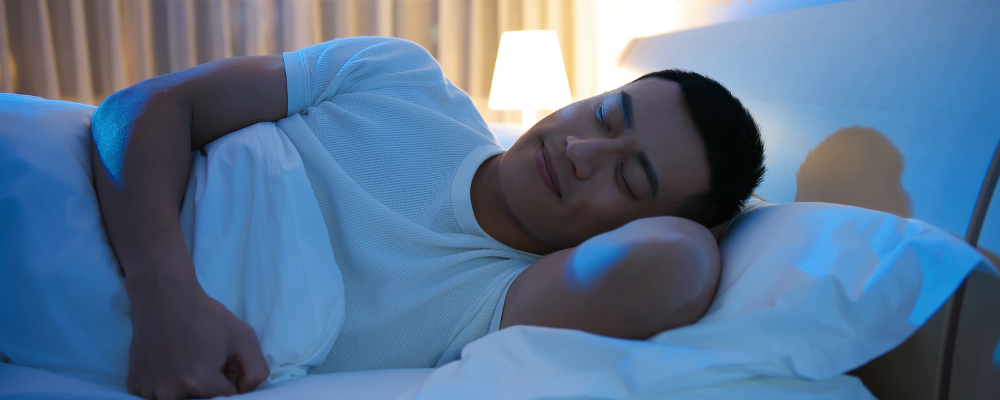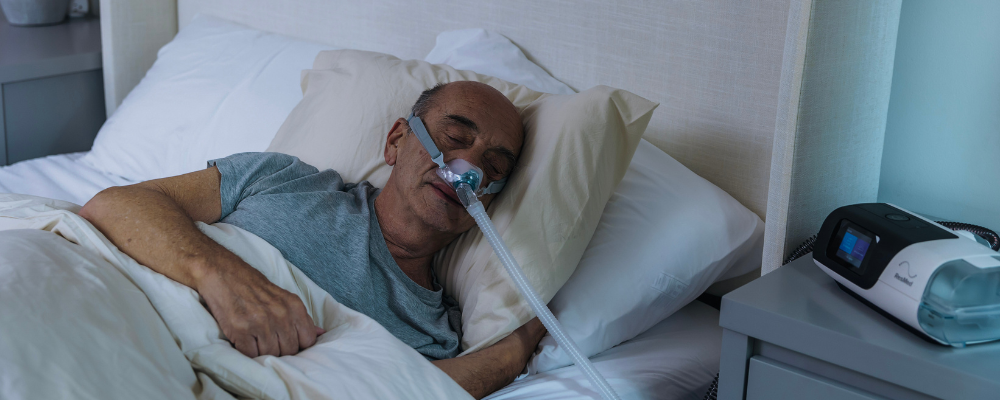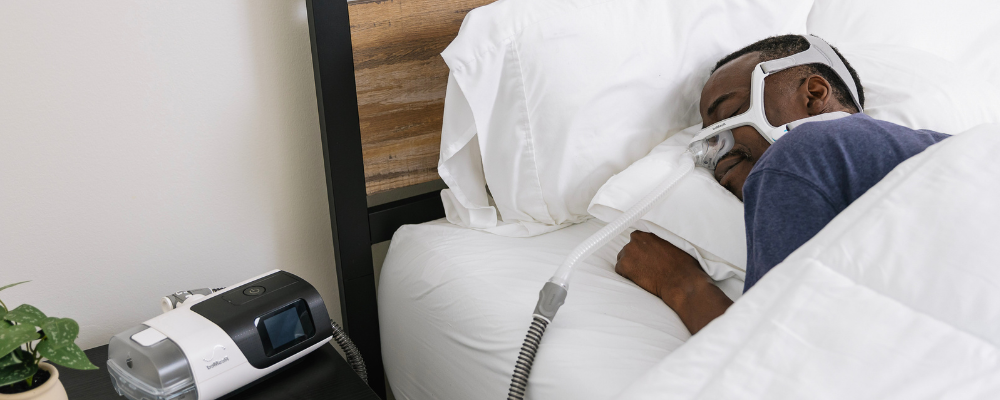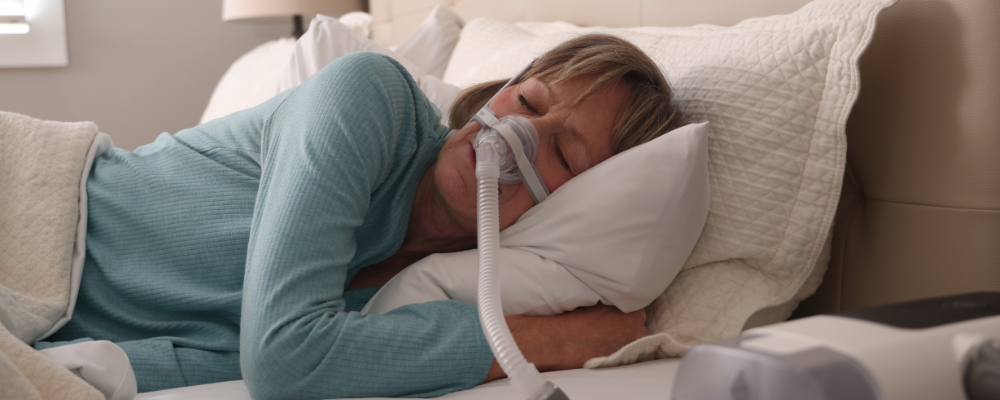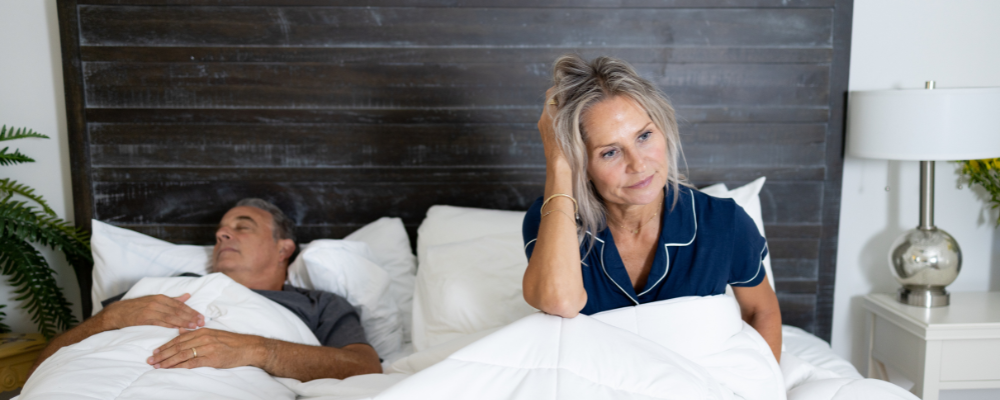I distinctly remember getting my diagnosis of obstructive sleep apnea (OSA.) I had never heard of sleep disorders in general, let alone this strange-sounding diagnosis. My doctor explained that my airway was becoming repeatedly blocked as I slept, cutting off the oxygen to my brain. When I looked alarmed, he reassured me that there was an effective treatment called CPAP therapy that would keep my airway open as I slept.
That was a lot of information to take in at once. Lack of oxygen to my brain sounded very serious, and I wasn’t sure I liked the idea of sleeping with a mask on my face. Of course, I quickly learned that even going one night without CPAP was worse than wearing a mask.
Why Using CPAP Matters To You & Your Insurance
I kept asking questions like, “How long will I need to wear this mask?” and “Does sleep apnea go away?” I had to fight back tears when the doctor explained that the CPAP would only do its job as long as I wore it every night. Obstructive sleep apnea is a chronic condition, so I’d likely be using some sort of therapy for the rest of my life.
My provider also took time to explain that there were minimum requirements for CPAP use set by insurance companies to check patients were using their devices enough to qualify for reimbursement; this is called CPAP compliance. For my particular insurance company, the minimum usage requirements I had to meet were at least 4 hours per night for at least 70% of the time during 30 consecutive days.
Still, he impressed upon me that I should not mistake those minimum requirements as recommendations for use long-term. I remember my doctor encouraging me to be diligent in wearing my CPAP mask every time I went to sleep, which meant all night and every nap.
What Happens When Your Sleep Apnea Symptoms Go Away?
I had sleep apnea symptoms before I started CPAP therapy; including extreme daytime sleepiness and some terrifying drowsy driving. After the initial period of getting used to wearing my mask at night, I noticed my excessive daytime sleepiness was significantly reduced with wearing CPAP. Seeing that result was the encouragement I needed to continue to use my CPAP every night.
In the 16 years since I started CPAP therapy, I can count on the fingers of one hand the number of nights I slept without it. Of those times I slept without CPAP, one night stands out above the others as the very worst, so I do not recommend stopping even if your sleep apnea symptoms go away. Here’s why…
The Cautionary Tale Of When I Didn’t Use My CPAP
I first moved to St Augustine, Florida in 2007. Moving from Europe, I noticed a lot of differences. One of them was the scary prospect of hurricane season. That first year, I read my ‘hurricane preparation guide’ cover to cover and bought all the emergency supplies possible. I knew my evacuation route and where the nearest shelter was. My husband, who was born and raised in Florida, gently teased me about my over-preparedness. He assured me that hurricanes hitting our area in northeast Florida were pretty rare, and we would have a lot of warning from the news if we needed to worry.
Nine hurricane seasons came and went without incident until, in October 2016, we learned there was a storm strengthening to a category 5 hurricane, and it was headed straight for us. I dug out my trusty ‘hurricane preparation guide’ and went to work updating and replacing our emergency supplies. I was sure that I had enough food and water to last us in the event of a problem with the water supply or if our electricity went out. I had backup chargers ready to go to make sure we could use our phones and tablets if the power were affected by the storm. We weren’t in an evacuation zone, so we decided to stay put and “hunker down.”
It was a little unnerving watching the huge swirling storm so close to us, on the TV screen at the same time, and hearing the wind outside our windows really beginning to blow. I decided to go to bed early knowing there was no more preparation I could possibly do, and I had gone to sleep as usual, wearing my CPAP.
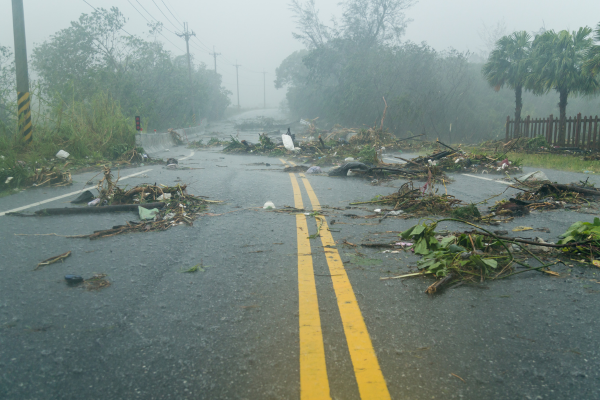

I woke up gasping for air in the middle of the night as the wind battered at the windows. I was disorientated but soon realized the one thing I had not prepared for: backup power for my CPAP machine. I felt annoyed with myself when I realized how much time I had spent charging small USB backup devices to power our phones and tablets. Yet, it hadn’t even occurred to me that I had an important medical device that needed a power supply to run.
With the worst of the storm still bearing down on us, I had no choice but to sleep without my CPAP. The rest of that night, I tossed and turned and woke up multiple times an hour, gasping for air as the storm raged. It was a horrible reminder of what life had been like before I had my diagnosis and CPAP therapy.
Before I got diagnosed with OSA and was prescribed CPAP therapy, I dealt with a lot of daytime sleepiness, because my sleep was so disrupted by apnea events. That sleepiness showed up the next morning, when we went without power, along with an intense headache.
With huge power outages across northeast Florida and extensive flooding in downtown St Augustine, we weren’t sure how long it would take to restore power. We decided to drive until we found a hotel with the power we needed and returned a few days later when the power was restored. I would never wish that same pain on anyone, and now I know there are ways to power your CPAP machine when the power goes out.
Weathering The Storm That Is Obstructive Sleep Apnea
We, of course, were the lucky ones in that storm. So many people lost their homes or had devastating water damage from flood waters. I saw it for myself a few weeks later when I joined a group of volunteers to help clear out belongings damaged by storm water in a Vilano Beach neighborhood. Hurricane Matthew was the wake-up call I needed to ensure I had the backup power to run my CPAP machine during future power outages and be vigilant in my CPAP therapy.
For me, the repercussions of not using CPAP that night were feeling extreme daytime sleepiness and irritability the next day. As my doctor had explained to me at the time of my diagnosis, “CPAP therapy only works when you use it.” I implore you: use it. And if you are searching for a CPAP supplier who understands its importance as I do, definitely order yours from Aeroflow Sleep today.

